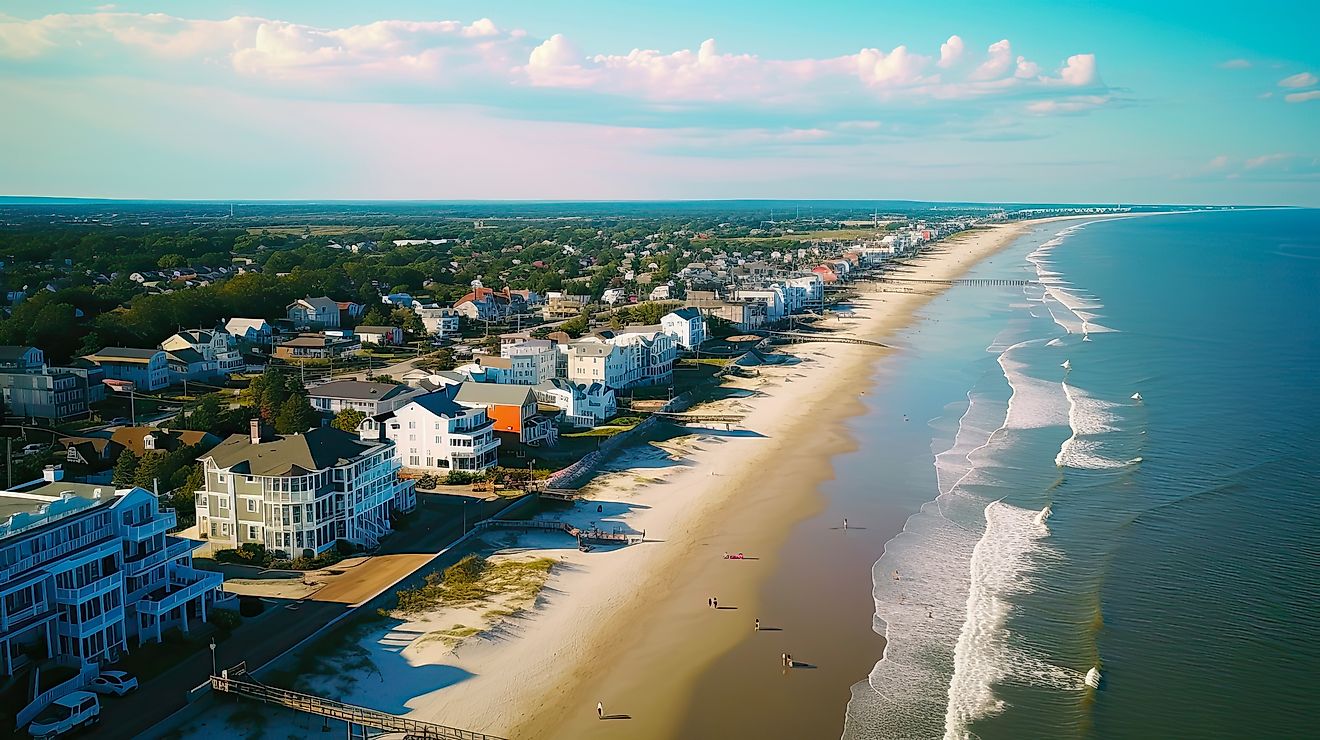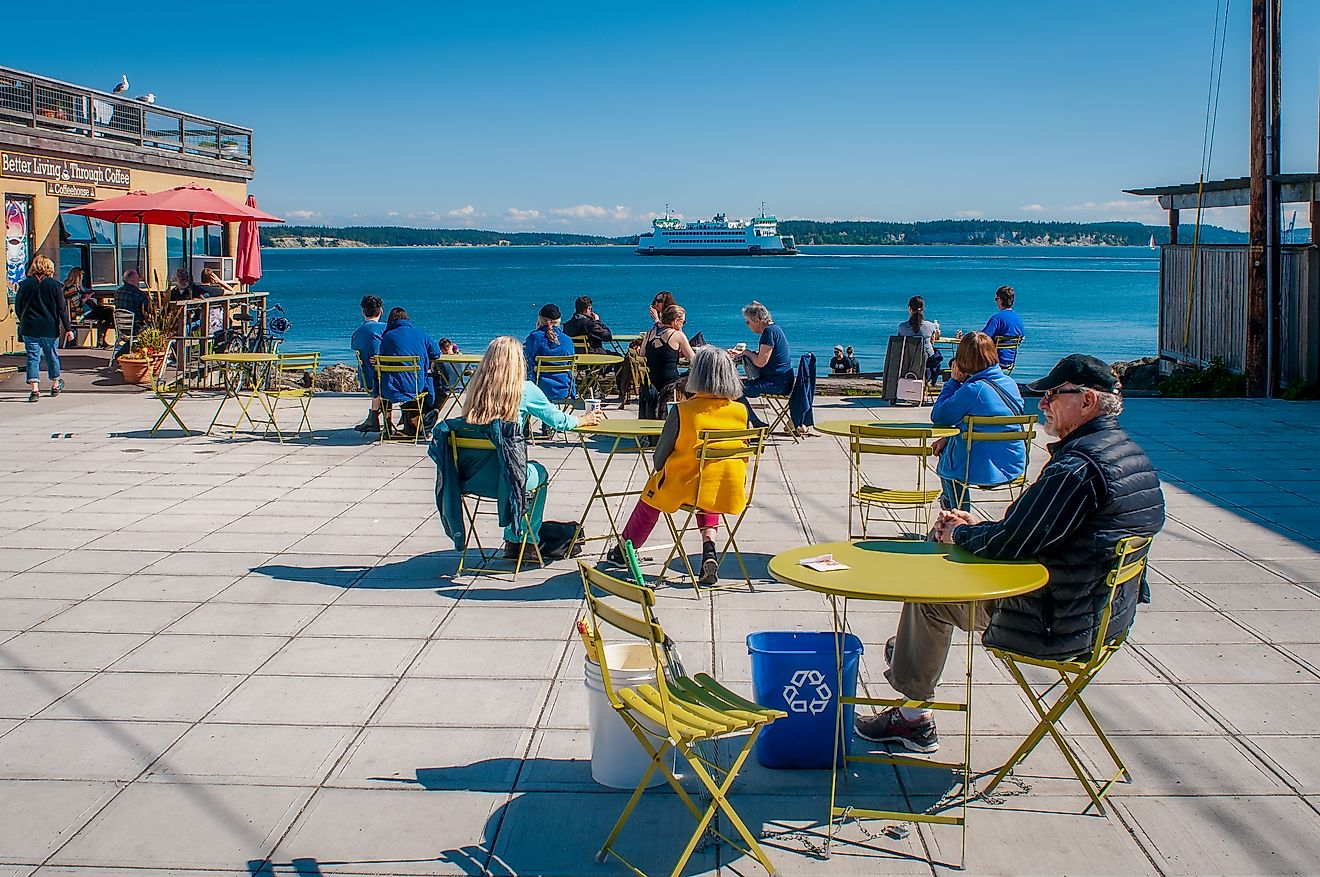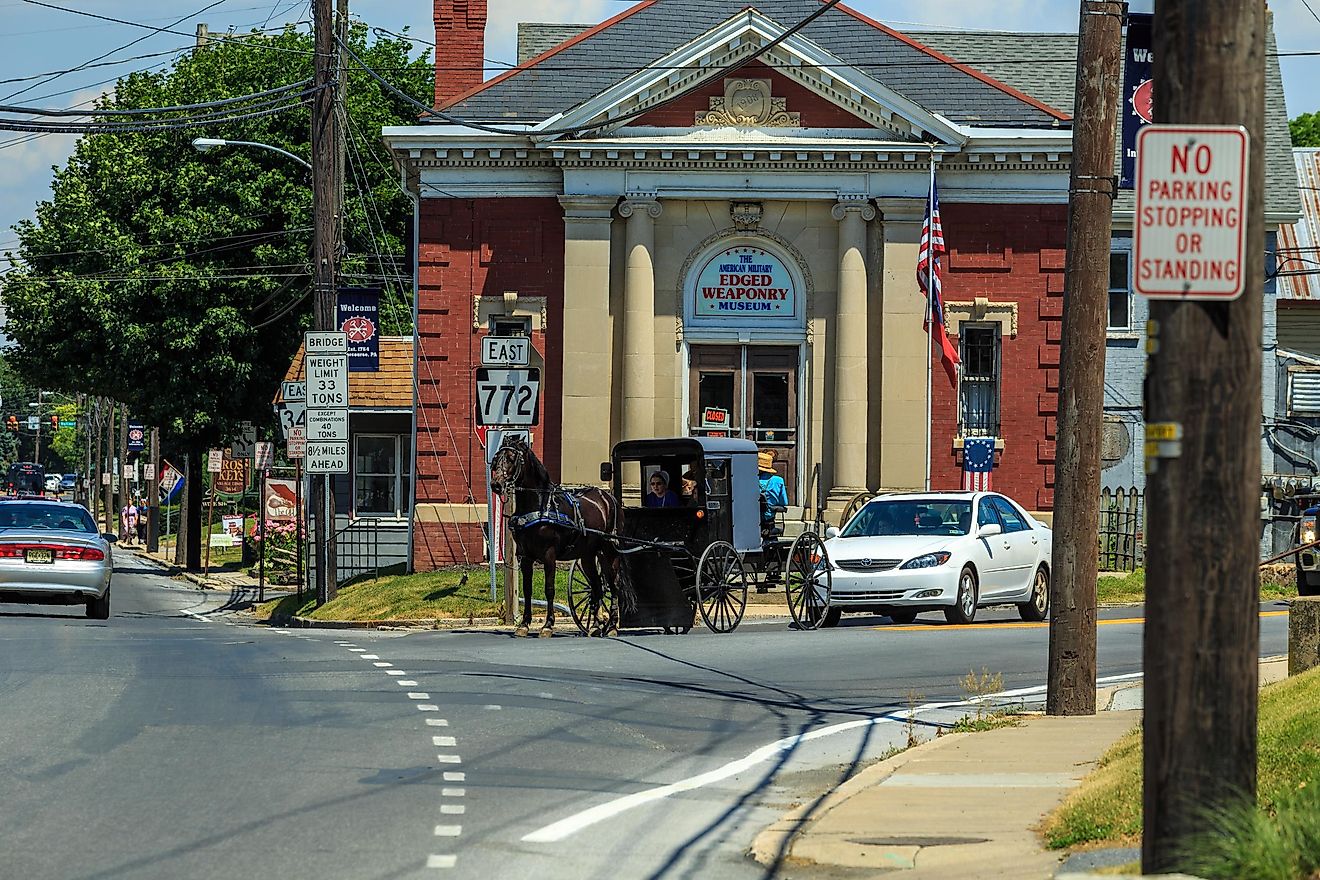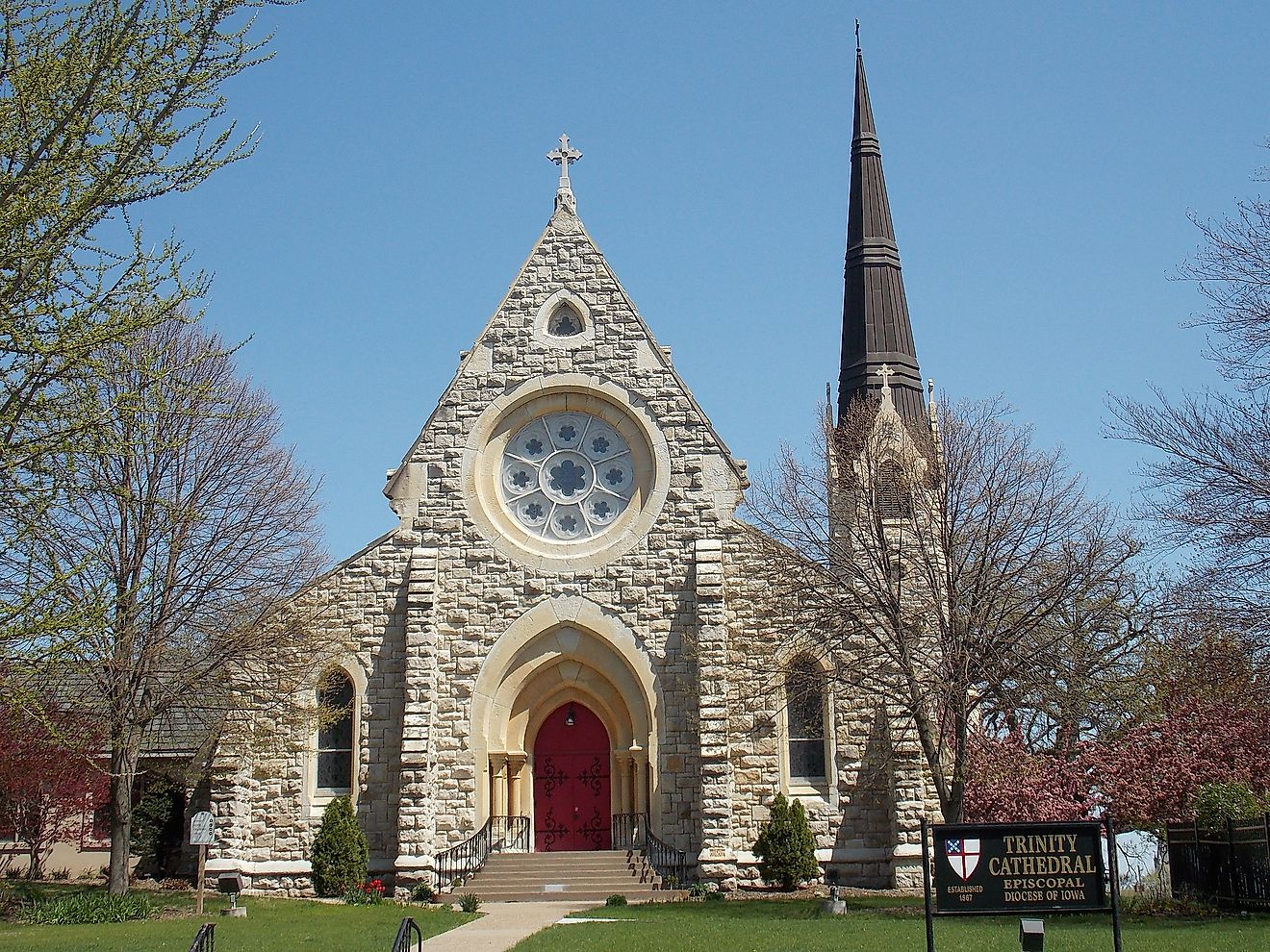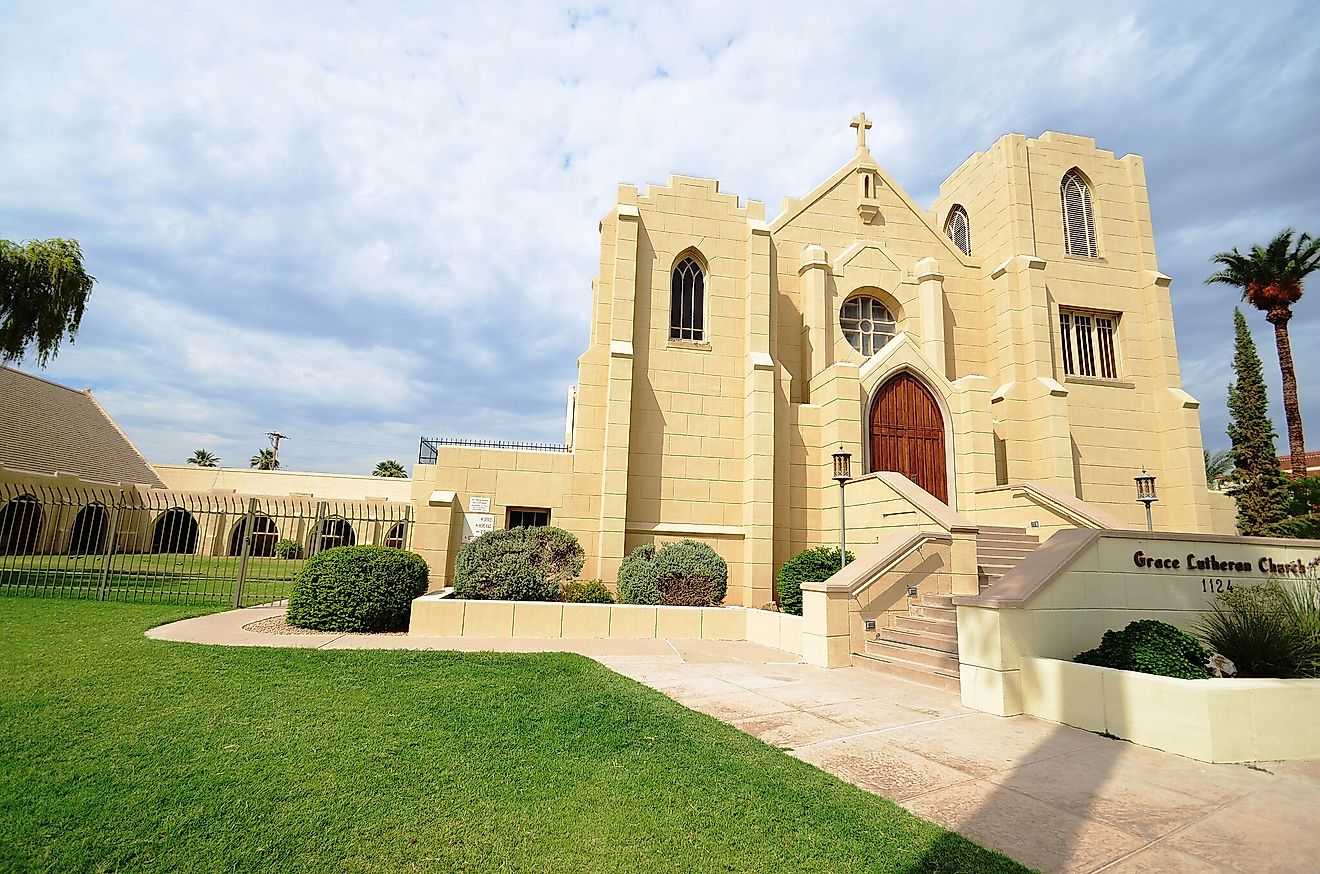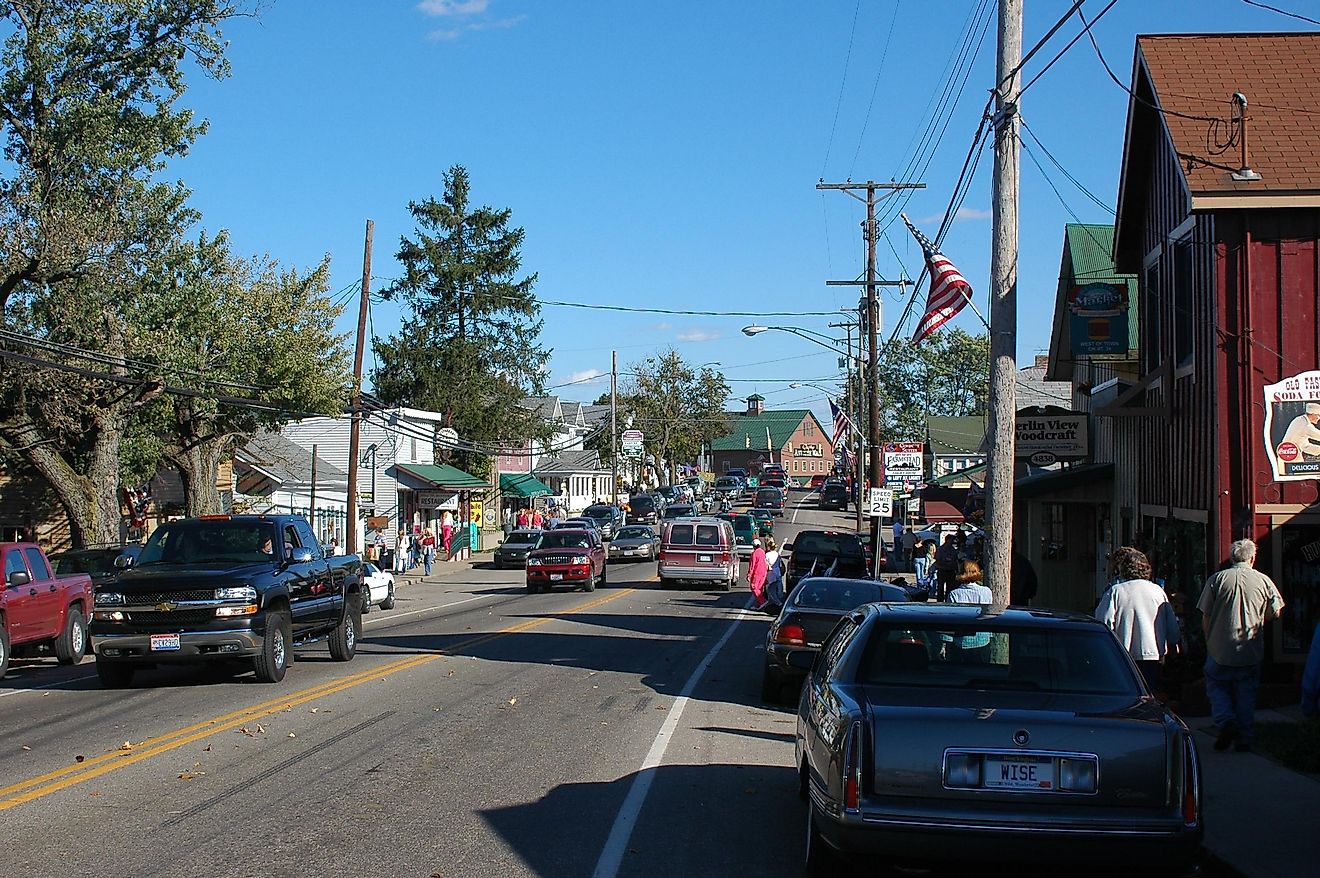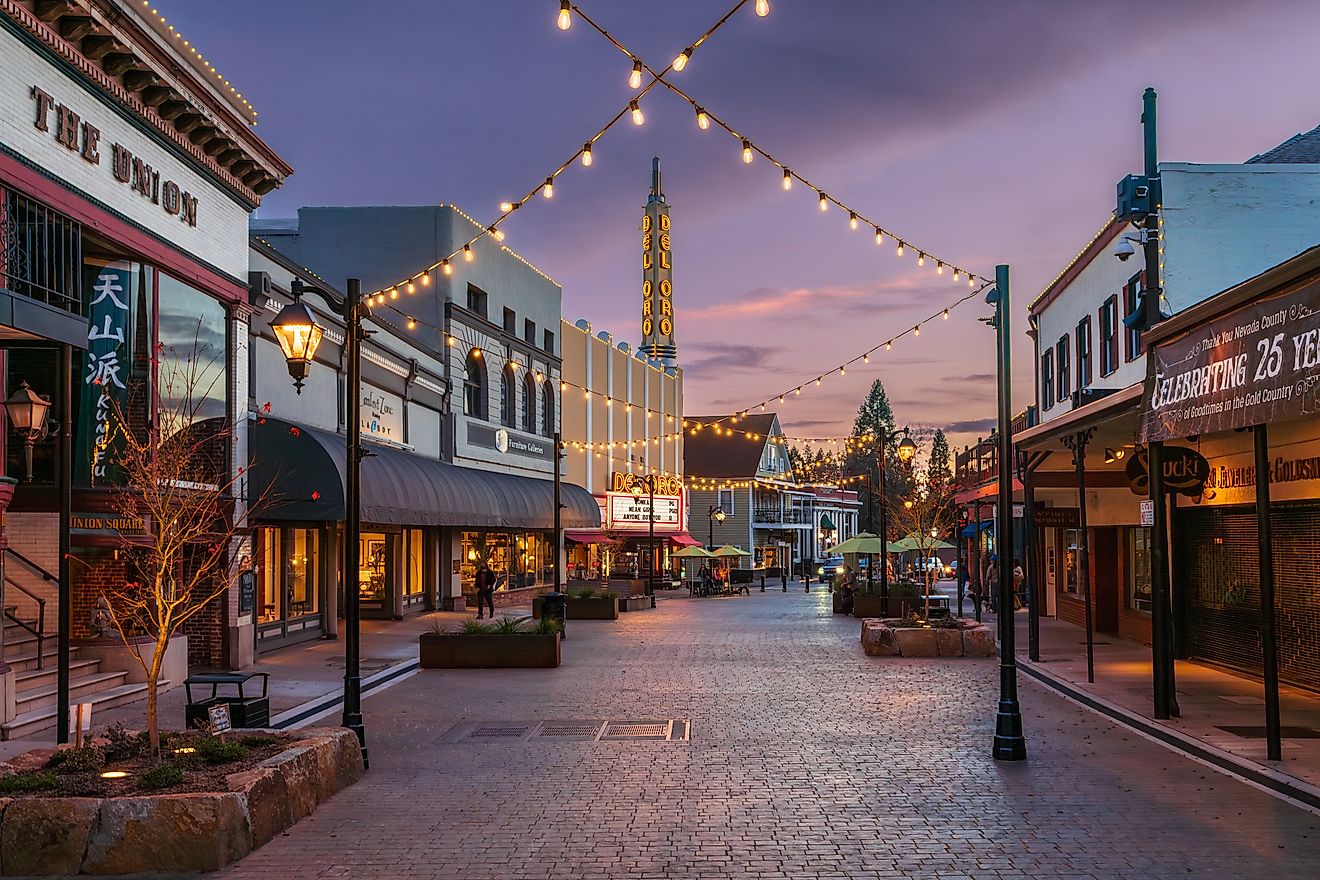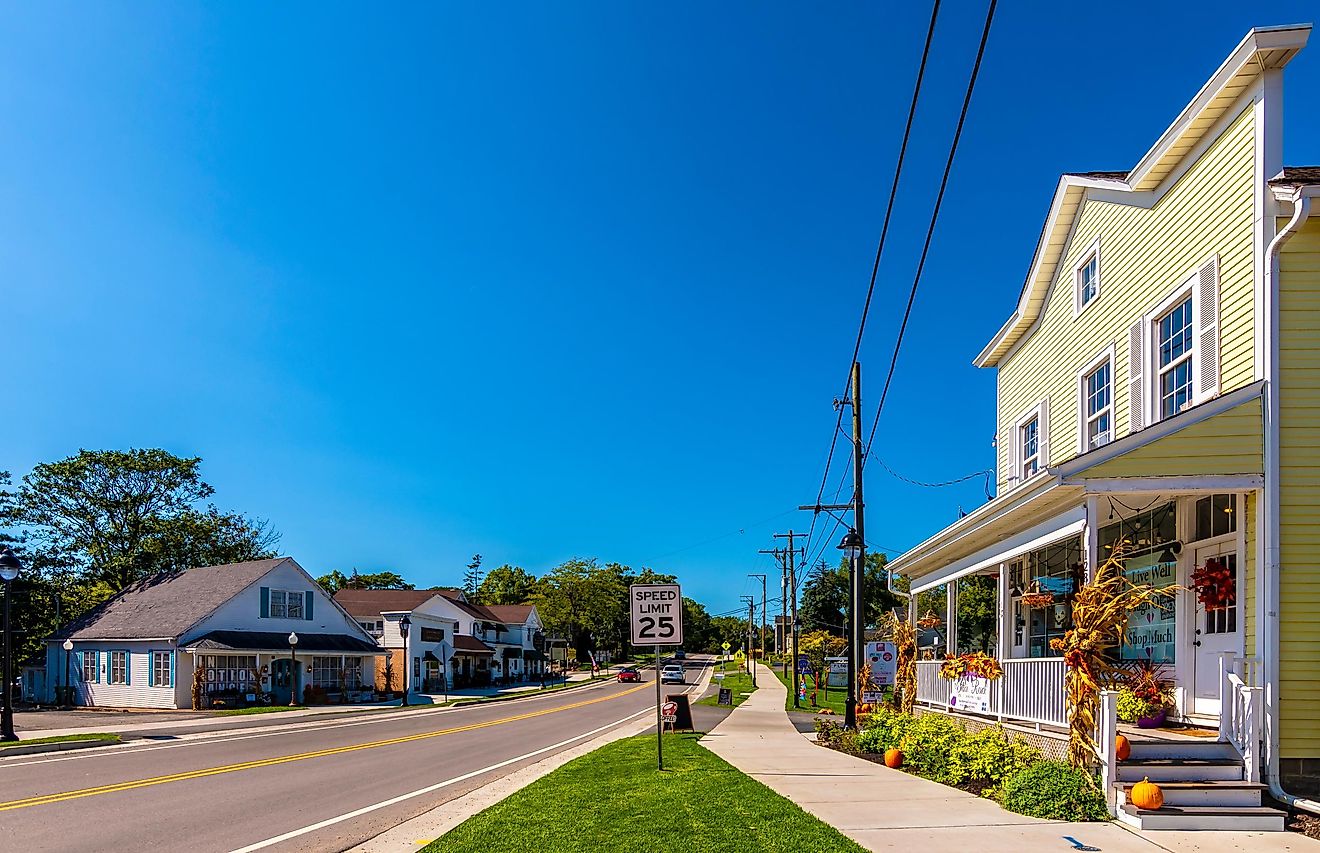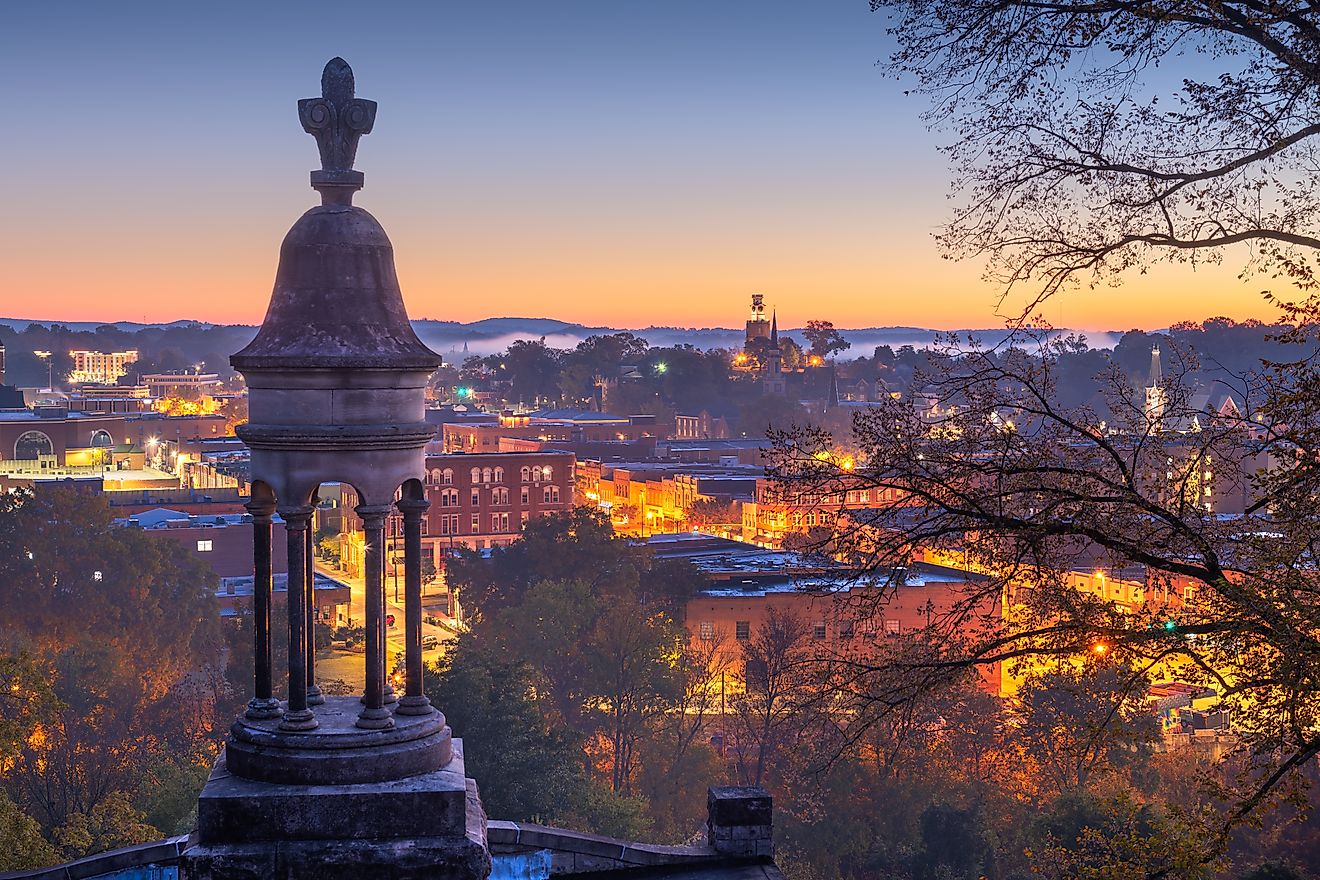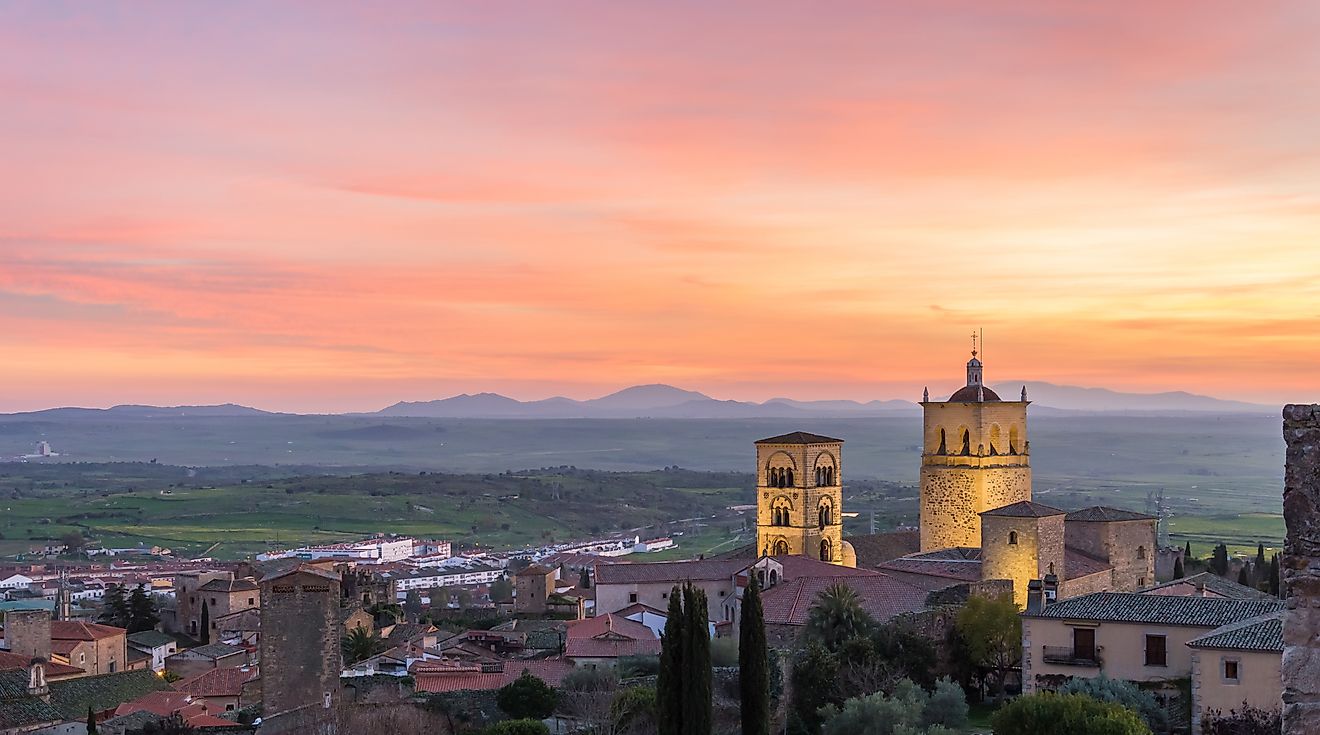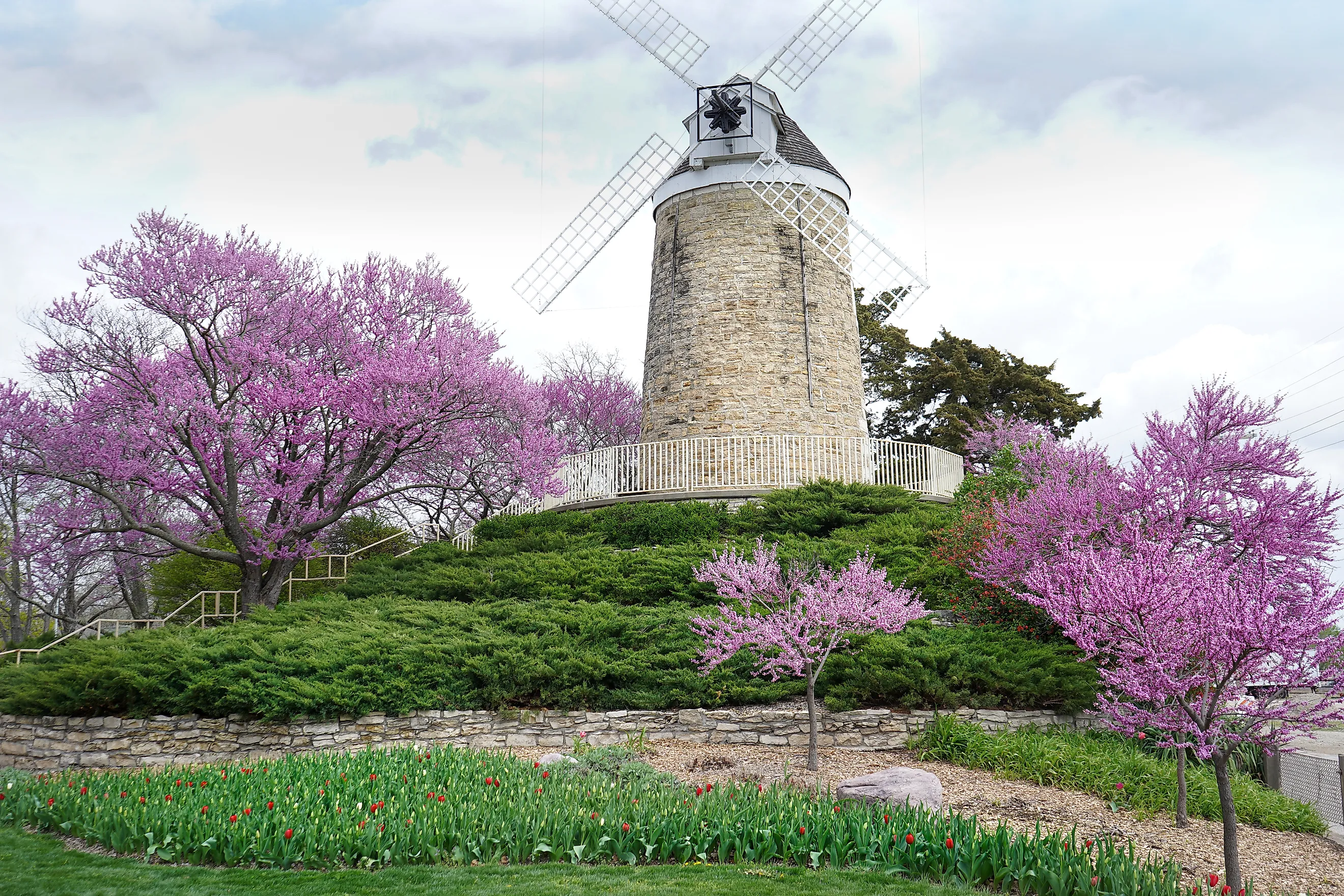
12 Off-The-Grid Prairies Towns To Visit In 2025
The North American prairies stretch endlessly beneath vast skies, offering a landscape where golden wheat fields meet dramatic horizons and small towns preserve a way of life increasingly rare in our connected world. Far from tourist crowds and urban noise, these communities provide something precious: genuine solitude, authentic heritage, and unhurried living. In 2025, as travelers increasingly seek meaningful experiences over crowded destinations, the prairie's hidden towns beckon with their unique blend of frontier history, agricultural traditions, vibrant arts scenes, and pristine natural surroundings. These twelve off-the-grid destinations, each home to fewer than 20,000 residents, offer an opportunity to disconnect from the digital age and reconnect with simpler rhythms.
Medora, North Dakota
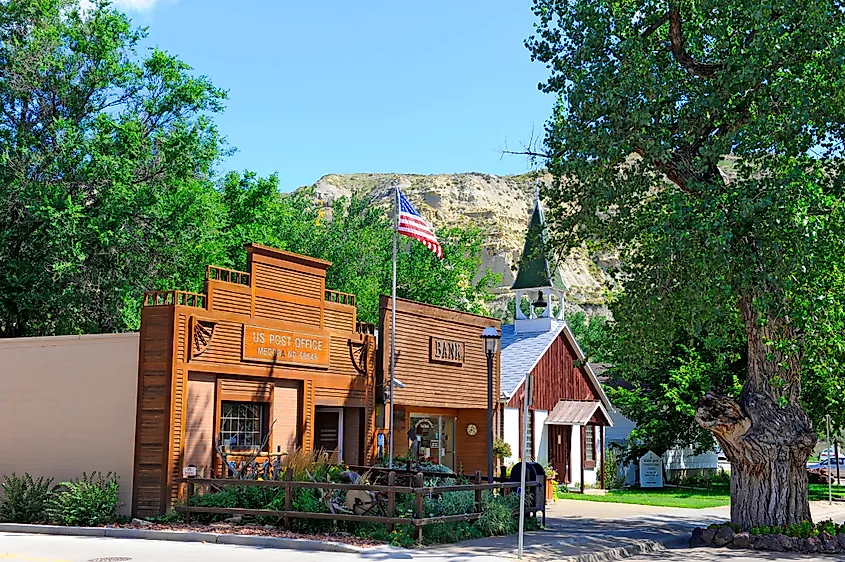
Tucked into the rugged Badlands of western North Dakota, Medora feels like stepping onto a movie set—except everything here is gloriously real. This tiny town sits at the gateway to Theodore Roosevelt National Park's South Unit, where the 26th president found solace after personal tragedy and developed the conservation ethic that would define his presidency. The town itself was founded in 1883 by a French nobleman and named after his wife, and that romantic spirit still permeates the tree-lined streets.
The Medora Musical performs nightly throughout summer in a natural amphitheater carved into the Badlands, offering a toe-tapping celebration of Western heritage with the painted buttes as a backdrop—it's pure Americana at its finest. History enthusiasts shouldn't miss the Chateau de Mores State Historic Site, a 26-room mansion built by the town's founder that still contains original furnishings and offers panoramic views of the Little Missouri River valley. For breakfast or lunch, Theodore's Dining Room serves hearty fare in the restored Rough Riders Hotel, where artifacts from Roosevelt's ranching days line the walls. Drive into Theodore Roosevelt National Park to spot wild bison, feral horses, and prairie dog towns while hiking trails that wind through otherworldly rock formations painted in shades of rust, cream, and burnt orange. The Maltese Cross Cabin, Roosevelt's first ranch headquarters, has been relocated near the visitor center and offers intimate glimpses into the future president's frontier life.
Guthrie, Oklahoma
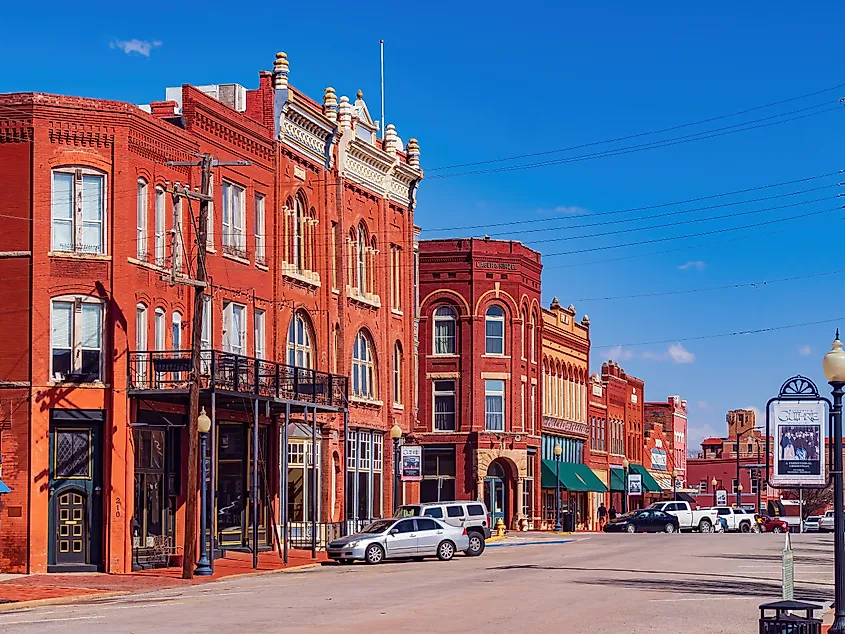
Oklahoma's first capital city remains frozen in architectural amber, with over 1,400 acres listed on the National Register of Historic Places—the largest contiguous historic district in the region. Founded during the 1889 Land Run when tens of thousands of settlers claimed their stakes in a single chaotic day, Guthrie boomed as a Victorian-era city complete with ornate commercial buildings, sandstone facades, and elegant residential neighborhoods. When the state capital moved to Oklahoma City in 1910, Guthrie simply stopped growing, inadvertently preserving one of America's finest collections of turn-of-the-century architecture.
The Oklahoma Territorial Museum occupies the 1902 Carnegie Library and chronicles the wild story of the Land Run and territorial period through artifacts, photographs, and interactive exhibits that bring this pivotal moment in Western expansion to life. Architecture buffs should tour the Temple of the Scottish Rite of Freemasonry, a jaw-dropping 1919 structure that's one of the world's largest Masonic centers, featuring lavish interior spaces, including a 1,700-seat auditorium and museum-quality collections. Stables Cafe serves contemporary American cuisine in a beautifully restored livery stable where brick walls and exposed beams create rustic elegance. Each April, the 89er Day Celebration recreates the Land Run with period costumes, parades, and festivities that transform downtown into an 1889 time capsule.
Vulcan, Alberta
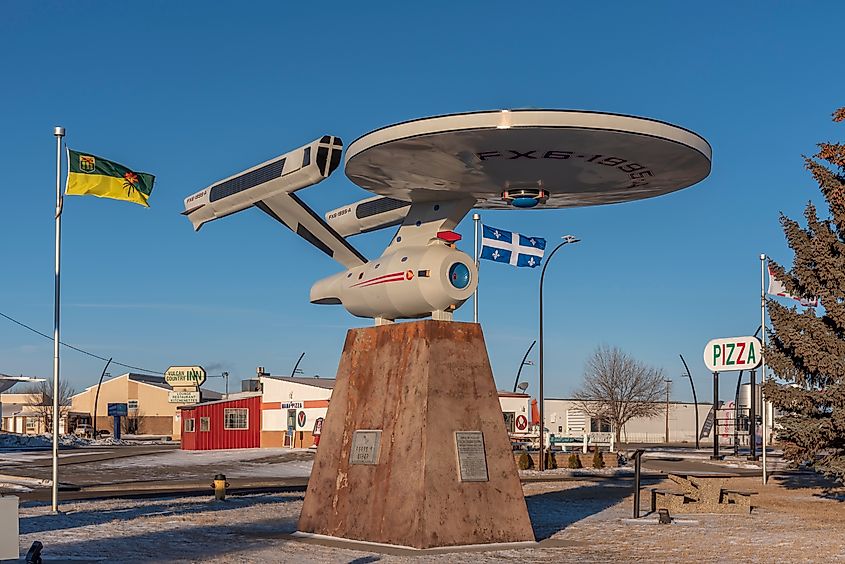
Star Trek fans, this one's for you. Vulcan fully embraced its coincidental name connection to Mr. Spock's home planet, transforming itself into an intergalactic destination complete with a starship-shaped visitor center and Star Trek-themed everything. But beyond the Trekkie tributes, this southern Alberta farming community offers genuine prairie hospitality and serves as a gateway to exploring the stunning landscapes where the grasslands meet the foothills of the Rockies.
The Vulcan Tourism & Trek Station features a replica of the Starship Enterprise that's impossible to miss—it's basically a spaceship landing in the middle of the prairies. Inside, exhibits celebrate both Star Trek fandom and local agricultural heritage, creating a surprisingly harmonious blend of science fiction and farming culture. Each June, Spock Days brings Trekkies from around the world for costume competitions, celebrity guests, and events that prove small-town festivals can have galactic reach. Dinosaur Provincial Park, located approximately 90 minutes east, contains one of the world's richest dinosaur fossil beds and has been designated a UNESCO World Heritage Site. The stark badlands scenery looks positively alien, making it perfectly suitable for a day trip from Vulcan.
Lucas, Kansas
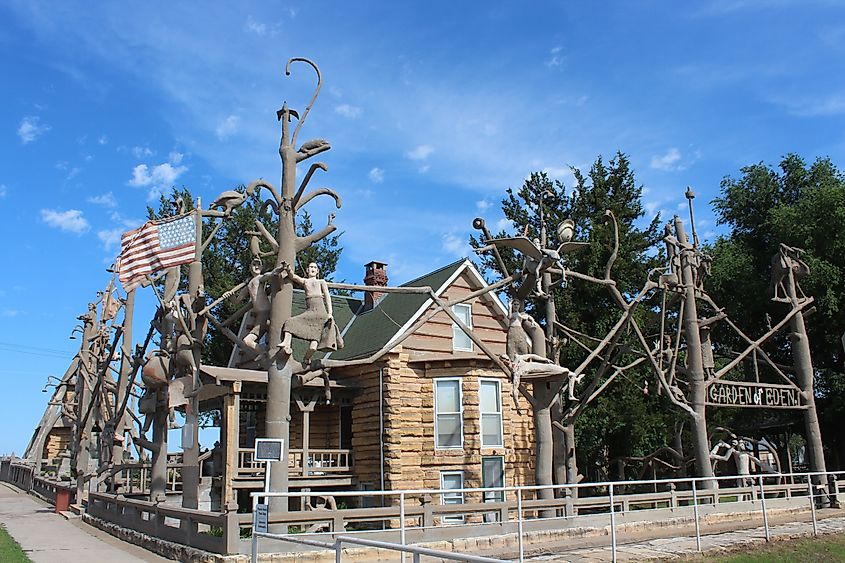
Lucas bills itself as the "Grassroots Art Capital of Kansas," and once you see the extraordinary folk art creations scattered throughout this tiny town, you'll understand why. This is where eccentric genius flourishes—where a Civil War veteran built an elaborate concrete garden, where a teacher constructed a miniature version of the world, and where outsider art isn't just accepted but celebrated as the community's defining characteristic.
The Garden of Eden stands as Lucas's crown jewel—Civil War veteran S.P. Dinsmoor spent years creating this bizarre concrete sculpture garden featuring biblical scenes, political commentary, and a mausoleum where Dinsmoor himself lies in a glass-topped coffin (yes, really). The Grassroots Art Center showcases folk art from across America in a beautifully renovated historic building, featuring both permanent and rotating exhibitions that celebrate self-taught artists who create from a sense of compulsion rather than formal training. Just up the street, the Florence Deeble Rock Garden features intricate mosaic works created from rocks, shells, and found objects by a local teacher who spent decades crafting this whimsical landscape. A few blocks away, Bowl Plaza—a public restroom facility whimsically designed by artist Erika Nelson, the creator of the World's Largest Collection of the World's Smallest Versions of the World's Largest Things—boasts a giant serving bowl turned into public art, proving that creativity can be found in the most unexpected places.
Drumheller, Alberta
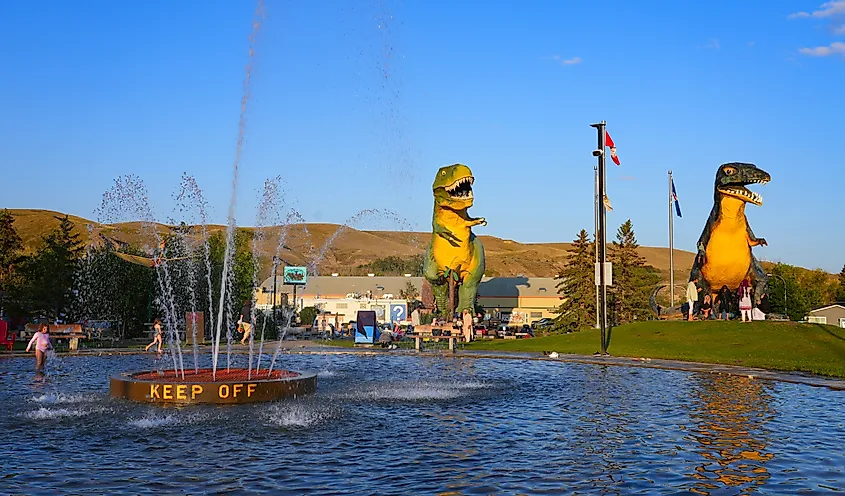
Drumheller, "Dinosaur Capital of the World," sits in the heart of the Canadian Badlands, where 75 million years ago, dinosaurs roamed lush subtropical forests—now preserved as one of the planet's most significant paleontological sites. The landscape alone justifies the visit: stark hoodoos, layered rock formations, and the winding Red Deer River create scenery that's simultaneously harsh and hauntingly beautiful.
The Royal Tyrrell Museum of Paleontology ranks among the world's premier dinosaur museums, housing over 160,000 fossils, including more than 40 complete dinosaur skeletons displayed in stunning galleries that bring the Mesozoic era to vivid life. The museum offers fossil preparation lab viewing areas where you can watch technicians carefully extracting bones from stone—a behind-the-scenes glimpse that paleontology enthusiasts will treasure. Drive the Dinosaur Trail, a 48-kilometer scenic loop that winds through the badlands with interpretive stops, viewpoints, and the chance to see hoodoos—those eerie rock pillars carved by millennia of erosion. Visit the World's Largest Dinosaur, an 86-foot-tall T. rex sculpture that you can climb inside for panoramic views of the valley (and excellent photo opportunities). After exploring, head to the Last Chance Saloon, which has been serving American comfort food since 1913—a surprising oasis for burger lovers in dinosaur country.
Arthur, Nebraska
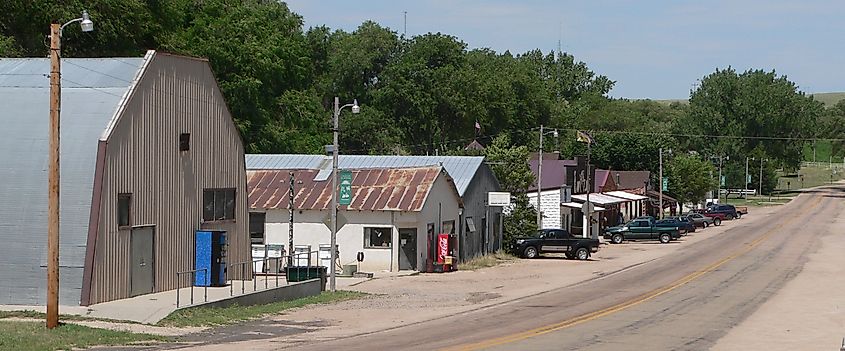
As one of America's smallest county seats, Arthur exists as a quirk of prairie history and a testament to stubborn persistence. The entire town could fit inside some shopping malls, but what it lacks in size it makes up for in character. The sandhills surrounding Arthur create a landscape unique to this region—rolling grass-covered dunes that support some of the finest remaining tallgrass prairie ecosystems in North America.
The Arthur County Courthouse, built in 1961, claims to be America's smallest courthouse—a modest one-story building that handles the legal affairs of Nebraska's least populous county (population under 500). In this building, the Arthur County Historical Society Museum preserves artifacts from the homesteading era, including farm implements, household items, and photographs that document the challenging lives of prairie pioneers. Afterward, grab a bite at The Bunkhouse, which serves as the local gathering spot for meals and conversation, embodying that small-town cafe culture where everyone knows your name by the second visit.
Regent, North Dakota
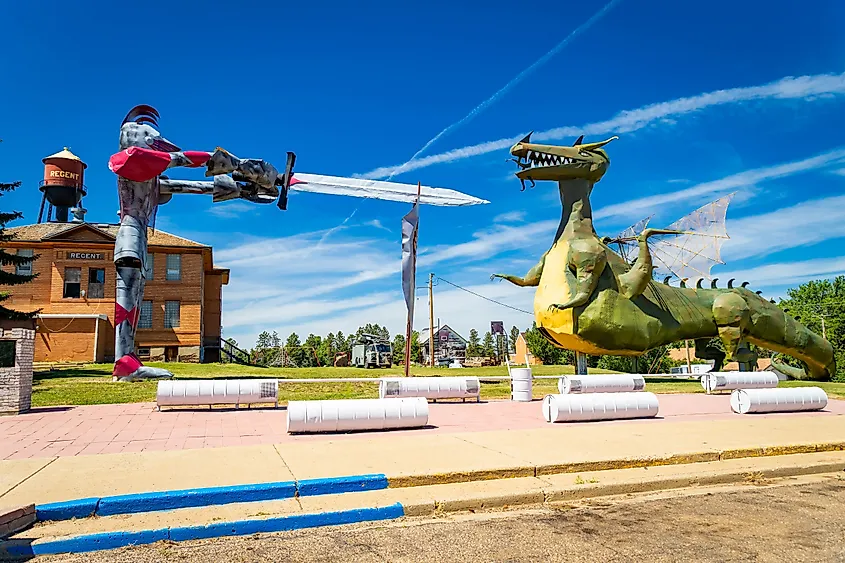
This tiny prairie town achieved unlikely fame as the home of Enchanted Highway, an artistic phenomenon that transforms 32 miles of rural North Dakota highway into an outdoor sculpture gallery. Local artist Gary Greff began creating massive scrap metal sculptures in the 1990s to attract visitors and save his dying hometown—and it worked spectacularly.
The Enchanted Highway features seven colossal metal sculptures scattered along the route from I-94 to Regent, including "Geese in Flight" (the world's largest scrap metal sculpture at 110 feet tall), "Grasshoppers in the Field," "Fisherman's Dream," and other whimsical creations that rise improbably from the prairie landscape. In Regent itself, the Enchanted Castle serves as both a gift shop and a testament to Greff's vision—a fairytale structure constructed from logs and decorated with turrets, complete with a small display about the highway's creation. After exploring, one can grab a meal at Excalibur Steakhouse, a restaurant run by Greff's family that serves homestyle cooking and features artwork celebrating the sculptures.
Maple Creek, Saskatchewan
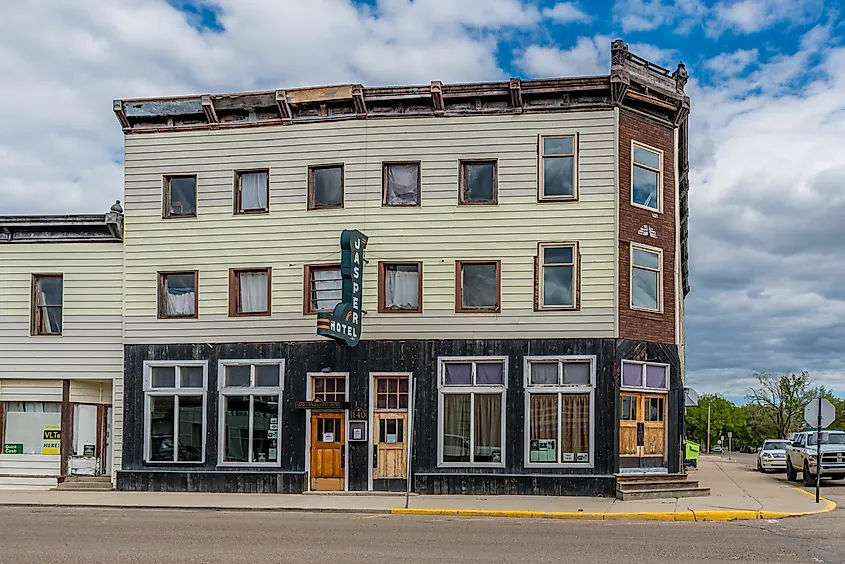
Nicknamed "Old Cow Town," Maple Creek retains its frontier character as the oldest town in southwestern Saskatchewan. Founded in 1882 when the Canadian Pacific Railway pushed through this region, the town served as a supply center for the massive cattle ranches that dominated the landscape. Today, it offers authentic Western heritage and serves as a gateway to Cypress Hills Interprovincial Park, where prairie suddenly gives way to forested highlands—an ecological island rising 600 feet above the surrounding plains.
The Jasper Cultural and Historical Center is housed in a 1910 heritage building, showcasing ranch life, First Nations history, and an authentic railway station house. Cypress Hills Interprovincial Park straddles the Saskatchewan-Alberta border and offers hiking, wildlife viewing, and camping in a landscape that wasn't glaciated during the last Ice Age—meaning some species here have evolved in isolation for 10,000 years. The Rockin’ Horse Cookhouse & Market is a local institution serving gourmet pizzas, fire-grilled steaks, and house-made burgers; its market sells house-baked goods—all in an atmosphere that celebrates cattle-country heritage.
De Smet, South Dakota
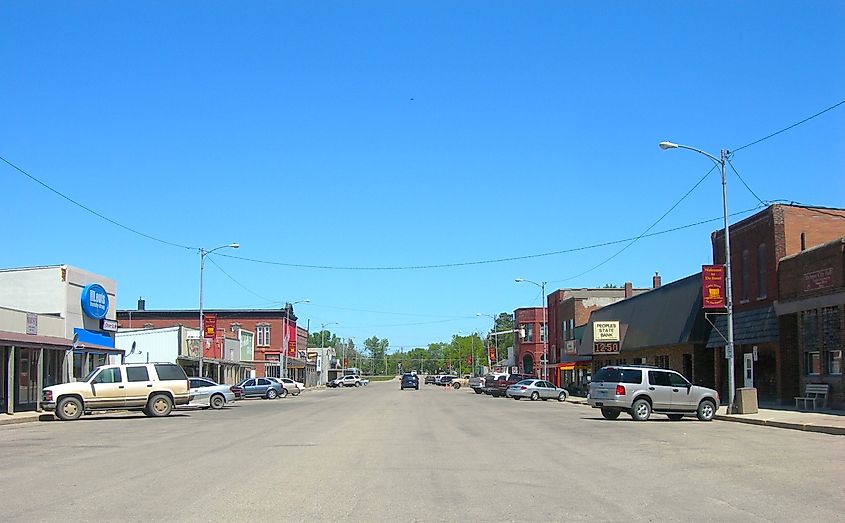
Laura Ingalls Wilder fans make pilgrimages to De Smet, where the author lived from 1879 to 1894 and where five of the "Little House" books are set. This is where Laura attended school, met her husband Almanzo, and experienced the harsh winter of 1880-81 that nearly starved the town—events immortalized in "The Long Winter" and other beloved books. Beyond the literary connections, De Smet offers authentic prairie landscapes that look much as they did in Laura's time.
The Laura Ingalls Wilder Memorial Society operates several historic sites, including the Surveyor's House (the family's first home in DeSmet) and the Ingalls Home (built by Charles Ingalls in 1887). The society offers tours throughout the summer, and costumed pageants bring scenes from the books to life on the original sites where events occurred. Ingalls Homestead on the edge of town recreates 1880s prairie life with hands-on activities—visitors can grind wheat, twist hay, attend a one-room schoolhouse lesson, and experience covered wagon rides across the prairie. The Prairie House Manor Bed & Breakfast offers period-appropriate accommodations for those wanting to extend their stay. Walk De Smet's streets where Laura walked, visit Spirit Lake, and drive the surrounding countryside where Big Slough provided wild hay for pioneer families. Each July, the Laura Ingalls Wilder Pageant presents outdoor performances of her stories with the prairie sunset as backdrop—a moving experience that connects past and present.
Matador, Texas
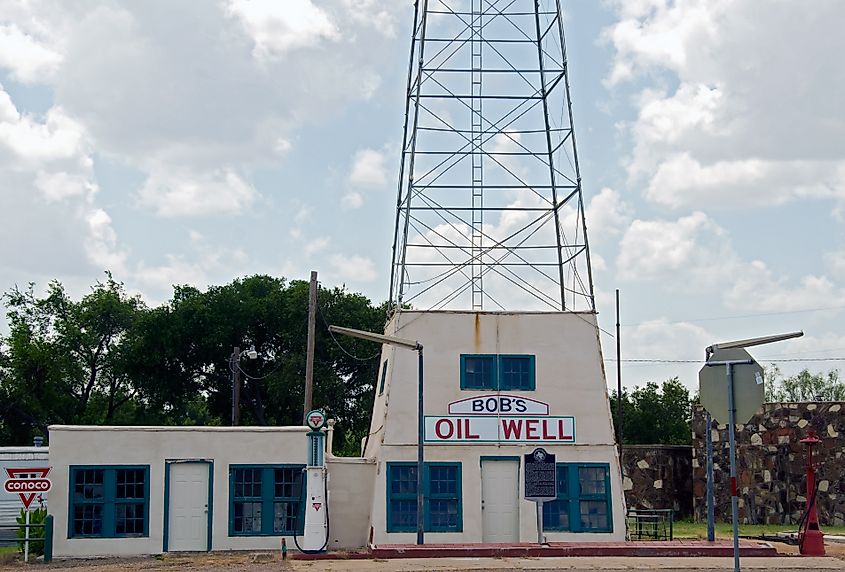
Deep in the Rolling Plains of northwest Texas, Matador maintains its cattle town heritage while offering access to spectacular Caprock Canyonlands scenery. The town was named after the Matador Ranch, a massive operation established in the 1880s that once sprawled across nearly 900,000 acres. Today, Matador serves as a quiet base for exploring one of Texas's most underrated natural areas.
Caprock Canyons State Park, located about 40 miles north, protects stunning red rock canyons, the official Texas State Bison Herd (descended from the last surviving Southern Plains bison), and the Clarity Tunnel—a 500+ foot railroad tunnel that's now part of the Caprock Canyons Trailway, perfect for hiking and mountain biking through otherworldly canyon landscapes. The park offers backcountry camping and over 90 miles of trails ranging from easy to challenging. Back in Matador, the Motley County Museum preserves ranch artifacts, cowboy gear, and homestead-era items in a historic jail building. This small but well-maintained collection tells the area's story. Billie Dean's Cafe serves burgers and shakes in an authentic small-town Texas diner atmosphere, where locals gather to catch up on the news.
Milk River, Alberta
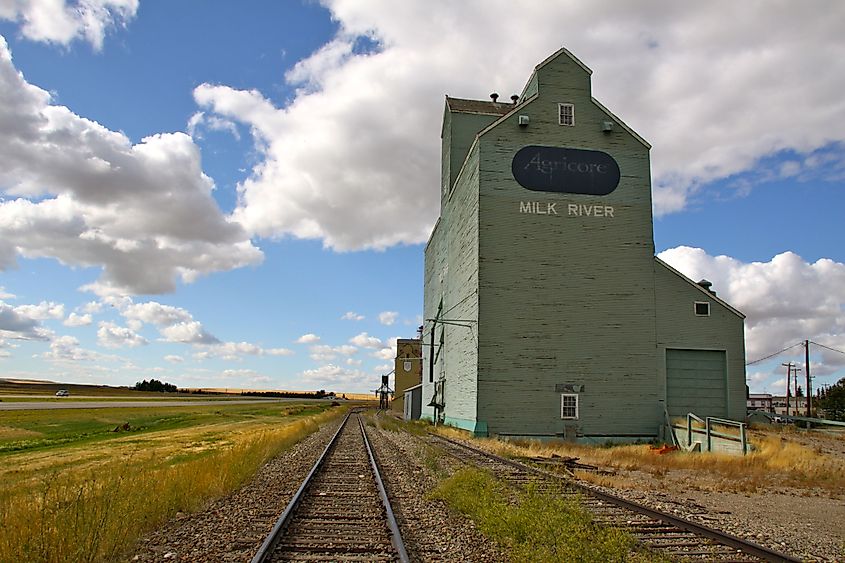
Named after the pale, glacial-fed waterway that flows through town, Milk River sits in Alberta's extreme south, just eight miles from the Montana border. This sunny corner of Canada receives more sunshine annually than most of the province. It offers access to Writing-On-Stone Provincial Park, one of the most sacred and spectacular sites in the Northern Great Plains, where ancient rock art meets stunning coulee landscapes.
Writing-On-Stone Provincial Park (known as Áísínai'pi to the Blackfoot people) protects the largest concentration of rock art on the Great Plains—thousands of petroglyphs and pictographs created over millennia by Indigenous peoples, which tell stories and record visions in sandstone galleries. The park's bizarre hoodoo formations create an otherworldly landscape that looks like a sculptor's fever dream. Guided tours led by park interpreters provide essential context about the art's significance and the area's continued spiritual importance to First Nations. The Milk River Natural Area offers hiking along scenic coulees and benchlands where you might spot pronghorn antelope, mule deer, or golden eagles. In town, the Milk River Historical Society & Museum preserves local history, including homesteading stories, ranch artifacts, and exhibits about the area's role in the early cattle trade. For exceptional comfort food and genuinely friendly service, make Sandstone Lounge & Eatery your must-visit road trip destination.
Wamego, Kansas
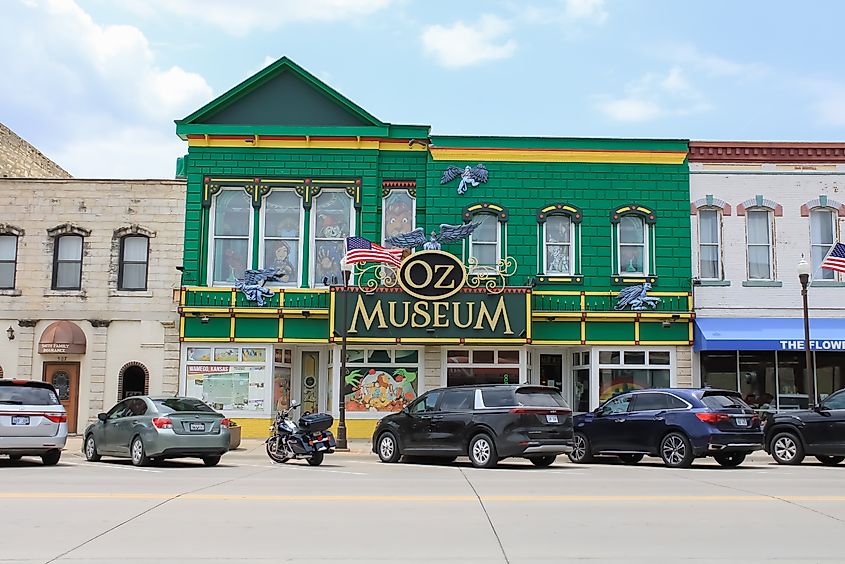
Nestled in the scenic Flint Hills of Kansas, Wamego is a small town with a vibrant heart and an unexpected affinity for the magical world of Oz. Its charming, tree-lined streets are a destination in their own right, offering a delightful blend of cultural attractions, local history, and whimsical art.
A visit must begin at the renowned OZ Museum, a world-class collection that houses over 25,000 artifacts chronicling the history and legacy of L. Frank Baum’s beloved story, from first editions to props from modern adaptations. Just a block away, the town's commitment to the arts is on full display at the Wamego City Park, where you can enjoy a picnic beside a stunning 140-year-old Dutch windmill, originally brought to Kansas by early settlers and meticulously restored. For a taste of local produce and craftsmanship, time your visit for a Saturday morning to explore the Wamego Community Market held in the park, a community hub brimming with fresh goods and friendly conversation. As you stroll through the downtown historic district, be sure to appreciate the series of beautiful murals adorning the city’s buildings and make a stop at the Columbian Theatre. This beautifully preserved venue has continued to host live performances for over a century since its opening.
The Prairie Awaits
These twelve prairie towns prove that extraordinary experiences don't require tourist crowds or elaborate infrastructure; sometimes, all you need is a big sky, genuine hospitality, and the willingness to venture off the beaten path. Whether you're drawn to dinosaur fossils, folk art, literary history, or simply the soul-restoring expanse of grasslands stretching to the horizon, these off-the-grid communities offer authentic encounters with landscapes and cultures that define the North American heartland. Pack your curiosity, fill your tank, and discover why prairie towns remain among the continent's best-kept secrets.
